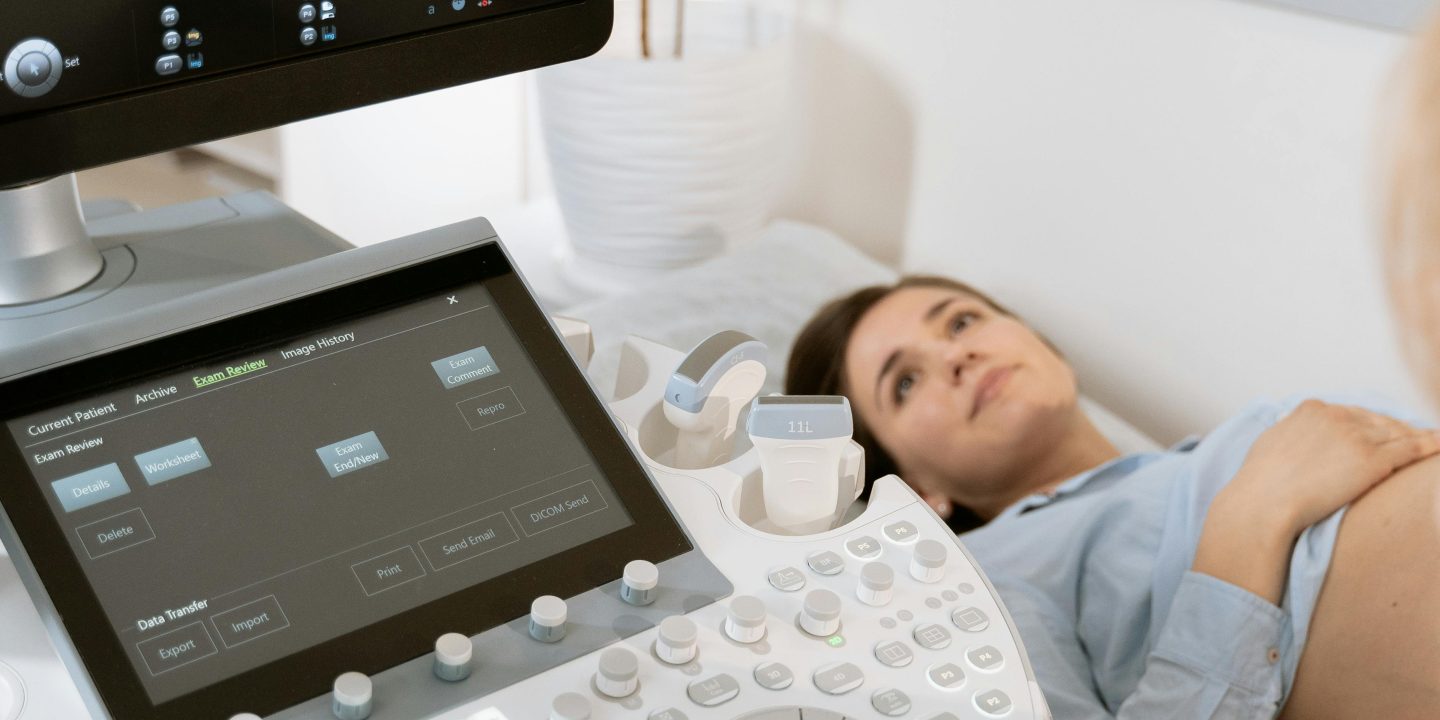- Home
- Technology & AI
- Hello Patient Secures $22.5M S ...

As investor interest in voice agents accelerates, Hello Patient has raised $22.5 million in a Series A funding round to expand its healthcare operations. The round was led by Scale Venture Partners with participation from 8VC, Bling Capital, Max Ventures, Remus Capital, and FirstLook Partners. The startup now holds a $100 million valuation, according to founder and CEO Alex Cohen. The investment reflects growing trust in technology in healthcare to streamline patient communication and administrative workflows. The integration of technology in healthcare is key to enhancing patient experiences.
Rapid Growth in Patient Communication
Founded less than a year ago, Hello Patient has scaled rapidly from a few hundred daily patient–provider interactions to between 10,000 and 20,000 interactions per day. Its flagship product, generative voice agents, are designed to automate administrative communication traditionally handled by clinic front-office staff. This is a clear example of technology in healthcare applied to reduce repetitive tasks and improve responsiveness, showcasing the potential of technology in healthcare in modern medical practice.
These voice agents manage appointment scheduling, respond to patient inquiries, and handle communication across phone, text, and chat channels, all while maintaining compliance with healthcare privacy regulations.
Expanding Into Diverse Healthcare Segments
Hello Patient’s platform is now being deployed across urgent care, ENT, dermatology, orthopedics, med spas, and even veterinary practices. The focus is on non-clinical workflows, with the company enhancing and optimizing existing models specifically for healthcare administration rather than building foundation systems from scratch. Such approach strengthens how technology in healthcare can be mapped to real-world needs without becoming overly complex.
Founding Vision and Business Model
Cohen, formerly of Carbon Health’s consumer and growth product teams, co-founded Hello Patient with ex-Carbon Health colleagues. He set out to build a patient engagement platform tailored to healthcare practices, adopting a “service-as-software” model instead of a traditional software-only approach. This allows the company to deliver high-margin services without heavy staffing requirements, showing how technology in healthcare can be made efficient and sustainable.
Hello Patient previously raised $6.3 million in seed funding in October. The new capital will be used to grow engineering, sales, and implementation teams to meet the rising demand from healthcare providers.
Competitive Landscape in Conversational Communication
The market for conversational patient communication is heating up, with competitors like Assort Health and EliseAI also raising significant investment. Cohen believes Hello Patient stands apart due to its deep integration into medical workflows and its advanced conversation agents, which go beyond simple automation. The emphasis on technology in healthcare ensures that providers receive tools that align with day-to-day practice rather than generic solutions.
A recent rollout of multi-agent architecture has further improved the platform’s ability to manage complex, high-volume tasks. The company is now focused on scaling operations as more healthcare organizations adopt technology-driven strategies.
-
Improving Patient Experience: Practices using the platform have reported reduced wait times, quicker confirmations of appointments, and fewer missed calls. When patient communication is timely and clear, trust rises. That’s the promise of modern technology in healthcare systems.
-
Supporting Clinic Staff: By shifting routine messaging tasks away from front desk staff, clinics can reassign human resources to more value-added tasks, improving job satisfaction and reducing burnout.
-
Ensuring Quality and Safety: As more interactions are handled digitally, ensuring that accuracy, privacy, and compliance do not suffer becomes more important. Protocols and auditing must keep up with scale.
-
Customization and Specialty Adaptation: Different specialties have different administrative needs. For example, dermatology or veterinary clinics may require more image-related follow-ups, while urgent care might need rapid schedule changes. Adapting the system to these needs enhances adoption.
-
Measuring Outcomes: Beyond interaction counts, success will be judged by metrics like no-show reduction, improved patient satisfaction, lower costs per interaction, and improved clinic efficiency. Technology in healthcare is most meaningful when it delivers measurable gains.







